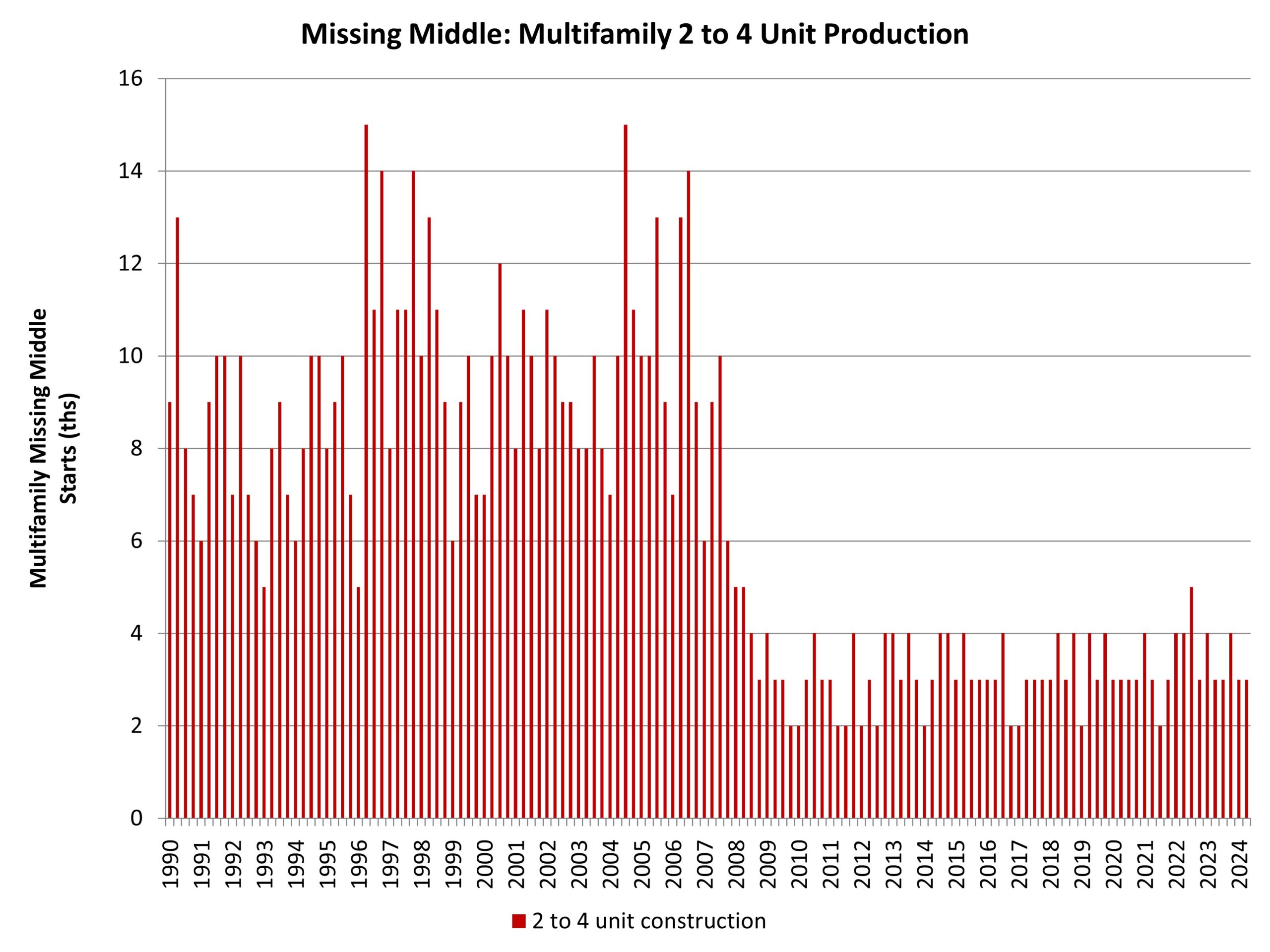Key takeaways
Capital gains tax is a levy imposed by the IRS on the profits made from selling an investment or asset, including real estate.
Primary residences have different capital gains guidelines than rental and investment properties do.
It’s possible to lower the capital gains tax you owe by taking advantage of available deductions, exemptions and exclusions.
Naturally, you want to make a nice profit on your home when you sell it. But beware a bite in your earnings when tax day rolls around: the capital gains tax. If your home has substantially increased in value, you could be liable for a substantial sum when you pay your annual income tax.
Fortunately, there are ways to avoid or reduce the capital gains tax on a home sale to keep as much profit in your pocket as possible. Here’s everything you need to know.
What is the capital gains tax on real estate?
Key terms
Capital gains tax
A levy imposed by the IRS on profits made from the sale of an asset, such as stocks or real estate — that profit is considered taxable income.
Long-term capital gains
A tax on assets held for more than one year.
Property value
The amount a buyer is likely to pay for a real estate asset (i.e., property).
Broadly speaking, capital gains tax is the tax owed on the profit (aka, the capital gain) you make when you sell an investment or asset. It is calculated by subtracting the asset’s original cost or purchase price (the “tax basis”), plus any expenses incurred, from the final sale price.
Special rates apply for long-term capital gains on assets owned for over a year. The long-term capital gains tax rates are 15 percent, 20 percent and 28 percent (for certain special asset types, like small business stock collectibles), depending on your income.
Real estate, including residential real estate, counts as a taxable asset. Therefore, any financial gains from a home sale must be reported to the IRS: You calculate and pay any money due when filing your tax return for the year you sold the property.
While its rates are typically lower than ordinary income tax rates, the capital gains tax can still add up, especially on profits for big-ticket items like a home — the largest single asset many people will ever own. The capital gains tax on real estate directly ties into your property’s value and any increases in its value. If your home substantially appreciated after you bought it, and you realized that appreciation when you sold it, you could have a sizable, taxable gain.
How much is capital gains tax on a primary residence?
Calculating capital gains tax in real estate can be complex. The tax rate depends on several factors:
Your income tax bracket
Your marital status
How long you’ve owned the house
Whether the house was your primary residence, a secondary residence or an investment property
Keep in mind: The tax is only assessed on the profit itself. If you purchased a house five years ago for $250,000 and sold it today for $500,000, your profit would be $250,000. (Though there are deductions you could take that would effectively reduce your net profit.) You would need to report the home sale and potentially pay a capital gains tax on the $250,000 profit.
For the 2023 tax year, you are not subject to capital gains taxes if your taxable income is $44,625 or less ($89,250 if married and filing jointly). If it’s between $44,626 and $492,300 as a single filer, or between $89,251 and $553,850 if married and filing jointly, you would pay 15 percent on the $250,000 profit. Above those top amounts, the capital gains rate would be 20 percent.
However, the IRS gives home sellers multiple ways to avoid or reduce their capital gains taxes, principally if their property is a primary residence. You can exempt a certain amount of the profit — up to $250,000 or $500,000, depending on your filing status — from the tax if you meet certain conditions.
An ill-timed sale could result in a significant tax bill that could have otherwise been avoided.
— Greg McBride, Bankrate Chief Financial Analyst
“Before selling your home, familiarize yourself with the capital gains tax exclusion rules and consult a tax advisor,” says Greg McBride, Bankrate’s chief financial analyst. “An ill-timed sale could result in a significant tax bill that could have otherwise been avoided. If the property has been your primary residence for less than 24 months, for example, you may decide to hold off until you’ve reached that threshold to avoid capital gains tax.”
How much is capital gains tax on a rental property?
A rental property doesn’t have the same exclusions as a primary residence when it comes to capital gains taxes. You would have to pay a 25 percent depreciation recapture tax on the portion of your profit from previously claimed depreciation and 0, 15 or 20 percent in long-term capital gains taxes, depending on your income and filing status on the balance.
Suppose the property you bought for $250,000 and sold for $500,000 was a rental. If your profit included depreciation you claimed as a business expense, the IRS would levy a 25 percent depreciation recapture tax on that amount. Your profit balance would be taxed at a 0, 15 or 20 percent capital gains rate, depending on your income.
If you plan to sell a rental property you’ve owned for less than a year, try to stretch ownership out to at least 12 months, or your profit will be taxed as ordinary income. The IRS doesn’t have a ceiling for short-term capital gains taxes, and you may be hit with up to 37 percent tax.
How to avoid capital gains tax on a home sale
Capital gains taxes can greatly affect your bottom line. Fortunately, there are ways to reduce or avoid capital gains taxes on a home sale altogether. It depends on the property type and your filing status. The IRS offers a few scenarios to avoid capital gains taxes when selling your house.
Bankrate insight
When does capital gains tax not apply? If you have lived in a home as your primary residence for two out of the five years preceding the home’s sale, the IRS lets you exempt $250,000 in profit, or $500,000 if married and filing jointly, from capital gains taxes. The two years do not necessarily need to be consecutive. If you become disabled, receive a job offer in a new area or are forced to sell your home before you have lived there two years, you may qualify for an exception to the two-out-of-five rule.
Avoiding capital gains tax on your primary residence
You can sell your primary residence and avoid paying capital gains taxes on the first $250,000 of your profits if your tax-filing status is single, and up to $500,000 if married and filing jointly. The exemption is only available once every two years. But it can, in effect, render the capital gains tax moot.
Let’s say a single filer bought a home for $250,000, lived in it for three years, and then sold it for $400,000. Their profit is $150,000. But that’s exempt from any capital gains tax because it’s under the $250,000 threshold allowed for gains.
Of course, there are conditions. To qualify as your primary residence, the IRS requires that you prove the property was your main home where you lived most of the time. You’ll need to show that you owned the home for at least two years and lived in the property as your primary residence for at least two of the five years immediately preceding the sale.
However, there is wiggle room in how the rules are interpreted. You don’t have to show you lived in the home the entire time you owned it or even consecutively for two years. You could, for example, purchase the house, live in it for 12 months, rent it out for a few years and then move in to establish primary residency for another 12 months. As long as you lived in the property as your primary residence for 24 months within the five years before the home’s sale, you can qualify for the capital gains tax exemption. And if you’re married and filing jointly, only one spouse needs to meet this requirement.
Avoiding capital gains tax on a rental or additional property
If you own an additional property that you plan to sell, you will need to plan to lower your tax liability. There are several ways to mitigate any capital gains tax:
Establish the rental as primary residence
You might find that an investment property you rent out and plan to sell has spiked in value. Moving into the rental for at least two years to convert it into a primary residence to avoid capital gains may be a good idea. However, you won’t be able to exclude the portion you depreciated while renting the property. You’ll lose primary residency status on your main home, too, but that can be regained later by moving back in after the sale of the rental property. If you don’t plan to sell the main home for at least two years, you can re-establish primary residency and qualify for the capital gains exclusion later.
1031 exchange
You can also take advantage of a 1031 exchange. Known as a like-kind exchange, it only works if you sell the investment property and use the proceeds to buy another similar property. If you keep putting the sale proceeds into another investment property, you can put off capital gains tax indefinitely.
Opportunity zones
The 2017 Tax Cuts and Jobs Act created opportunity zones — areas around the country identified as economically disadvantaged. If you choose to invest in a designated low-income community, you’ll get a step up in tax basis (your original cost) after the first five years. And any gains after 10 years will be tax-free.
Deduct expenses
If you still have capital gains after taking advantage of exemptions and exclusions, focus on lowering the amount of the taxable profit or gains. Some qualifying deductions include:
The cost of repairs to a home or investment property
Improvements and upgrades, such as adding a bedroom or renovating a kitchen
Losses in investment property income due to tenants unable to pay rent
Cost of legal, professional and advertising fees to evict a tenant or find a new one
Closing costs from the property sale
Remember to keep organized records and documents, including receipts, bills, invoices and credit card statements, to support your expense claims in case you’re audited.
FAQs
How much is capital gains tax on real estate?
The capital gains tax rate on the sale of a primary residence can be as high as 20 percent of the profit on a home owned for more than a year, and as high as 37 percent on one owned for a year or less. If you own and live in the home for two out of the five years before the sale, you will likely be exempt from any capital gains taxes up to $250,000 in profit, or $500,000 if married and filing jointly.
Is there a way to avoid capital gains tax on the selling of a house?
You will avoid capital gains tax if your profit on the sale is less than $250,000 (for single filers) or $500,000 (if you’re married and filing jointly), provided it has been your primary residence for at least two of the past five years. For investment properties, capital gains taxes can be deferred with a Section 1031 like-kind exchange, in which you use the profit from the sale of one investment property to buy another of equal or greater value.
This article was originally published by a www.bankrate.com . Read the Original article here. .



